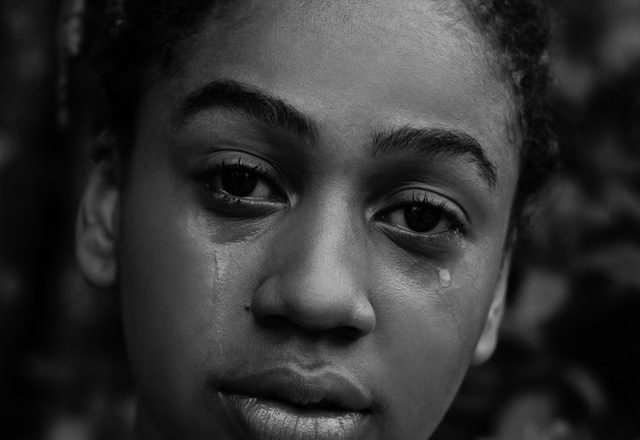Why teen depression rates are rising faster for girls than boys
We’re in the middle of a teen mental health crisis – and girls are at its epicenter.
Since 2010, depression, self-harm and suicide rates have increased among teen boys. But rates of major depression among teen girls in the U.S. increased even more – from 12% in 2011 to 20% in 2017. In 2015, three times as many 10- to 14-year-old girls were admitted to the emergency room after deliberately harming themselves than in 2010. Meanwhile, the suicide rate for adolescent girls has doubled since 2007.
Rates of depression started to tick up just as smartphones became popular, so digital media could be playing a role. The generation of teens born after 1995 – known as iGen or Gen Z – were the first to spend their entire adolescence in the age of the smartphone. They’re also the first group of teens...

